Tempranillo wines are produced from a red grape variety originating in Spain, known for its early ripening, as the name “Tempranillo” is derived from the Spanish word “temprano.” This medium to full-bodied red wine has gained a reputation in the classic growing regions of Spain, where it’s often labeled as “Rioja” after the region, while in Portugal it goes by the name “Tinta Roriz.”
With a unique flavor profile that ranges from fruity when young, to tobacco, leather, and dust with oak and age, Tempranillo wines offer a delightful experience for wine enthusiasts. They are primarily known for their savory notes and hints of citrus, making them an excellent choice for pairing with various dishes. As the number one wine grape in Spain, Tempranillo has spread to several Spanish-influenced regions like Mexico, where its presence adds a unique touch to local wines.
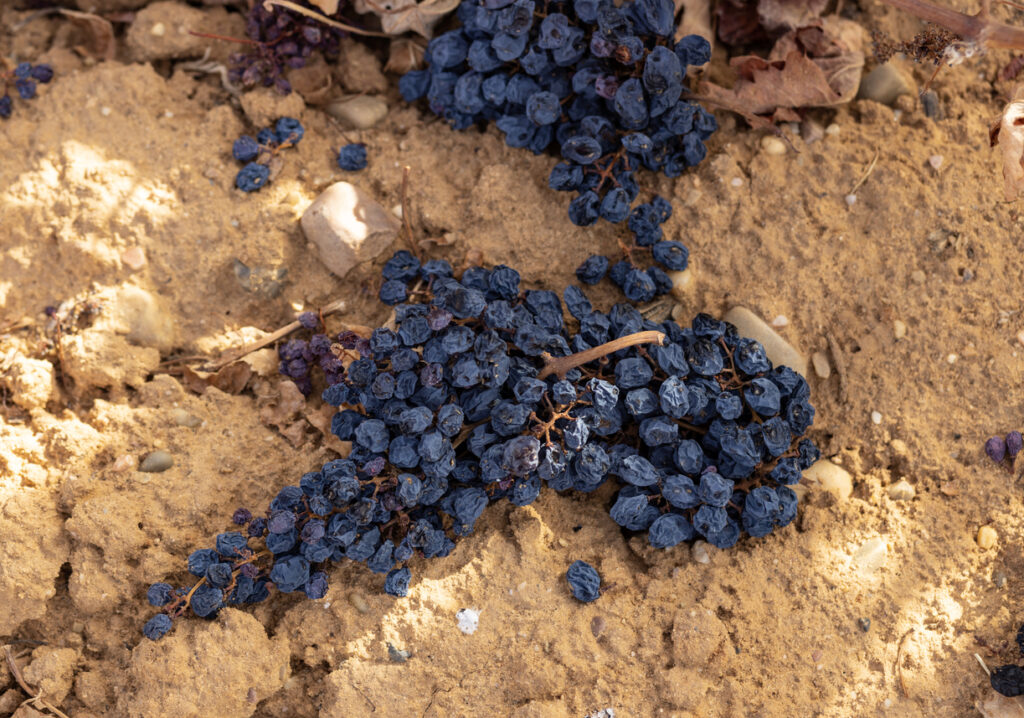
Tempranillo Wines: An Overview
Origins in Spain and Portugal
Tempranillo is a red wine grape variety native to the Iberian Peninsula, with its roots in Spain and Portugal. A popular theory suggests that the Phoenician civilization brought the grape to the region. Today, it’s a key component in many top Spanish and Portuguese wines such as Rioja, Port, and Ribera del Duero.
In Portugal, this grape variety is often referred to as Tinta Roriz. Tempranillo has become Spain’s #1 wine grape and is well-distributed and known throughout the country.
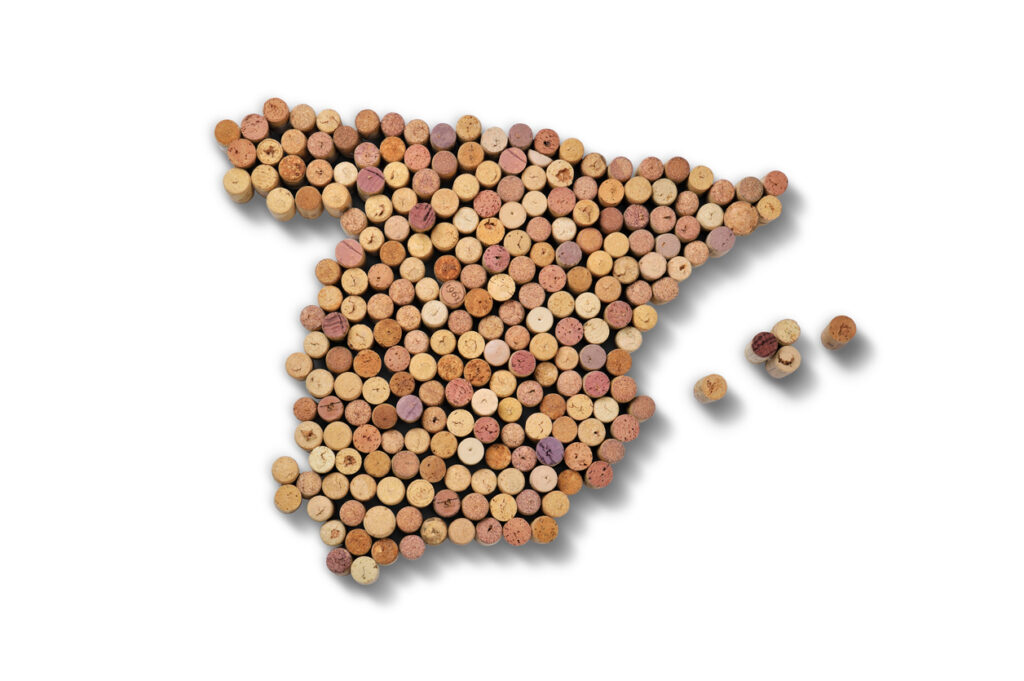
Character and Flavor Profile
Tempranillo wine takes on a range of characteristics depending on how it’s aged. When young, it can be fresh and fruity, with so続turations of flavors from its traditional growing regions, Tempranillo is known for its savory aromas, including dust, tobacco, and leather.
The grapes themselves are deeply colored and produce a medium to full-bodied red wine. When oak-aged, they bring forward hints of citrus and savory notes. The flavor profile typically includes dark fruit, plum, cherry, and earthy, leathery undertones.
Growing Regions and New World Varieties
Although Tempranillo is closely associated with Spain and Portugal, the grape variety has made its way to other wine-producing regions. Some of these New World regions include the United States (particularly California and Texas), Argentina, Australia, and Mexico.
In these regions, the grape is often labeled as “Tempranillo” rather than taking on a regional name as it does in Spain. However, despite the grape’s expansion beyond the Iberian Peninsula, the classic growing regions in Spain and Portugal, such as the Douro Valley, remain the most famous and highly regarded for producing Tempranillo wine.
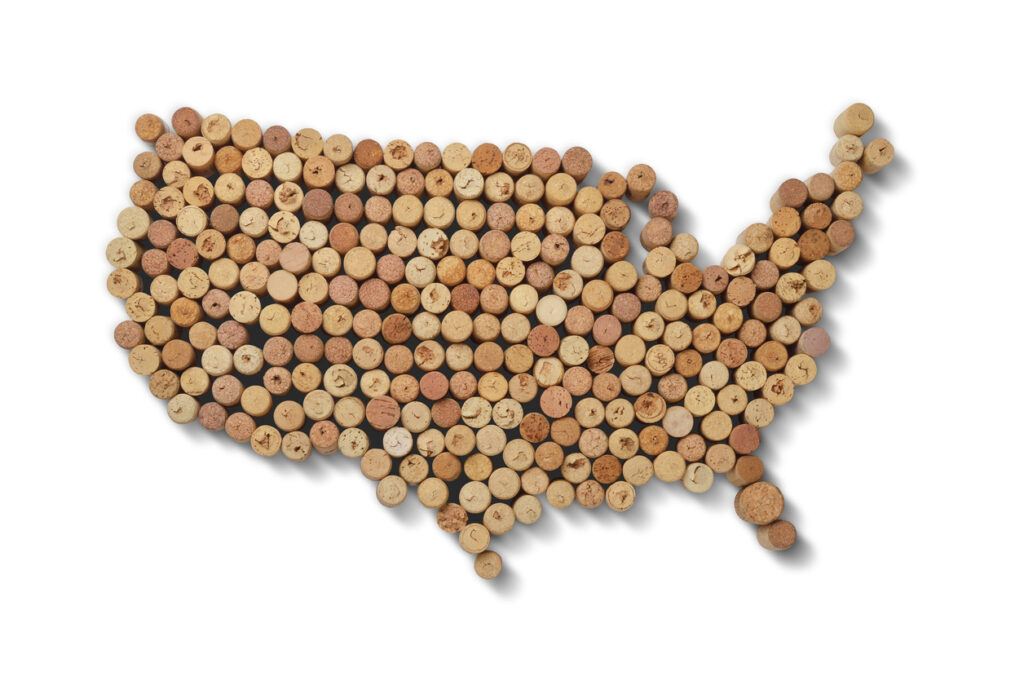
It’s worth noting that outside of Spain and Portugal, genuine Tempranillo wine can be difficult to find. As a result, many wine lovers cherish the opportunity to explore the variety’s expression and uniqueness in different growing regions around the world.
Characteristics of Tempranillo Wines
Oak Aging and Its Effects on Flavor
Tempranillo wines are often aged in oak barrels, which greatly impacts their flavor profile. Oak aging imparts a variety of flavors to the wine, such as vanilla, tobacco, dill, and smoke. The type of oak used—whether American or French—can also influence the wine’s flavors. American oak often adds sweeter and spicier notes, while French oak imparts more subtle and refined flavors.
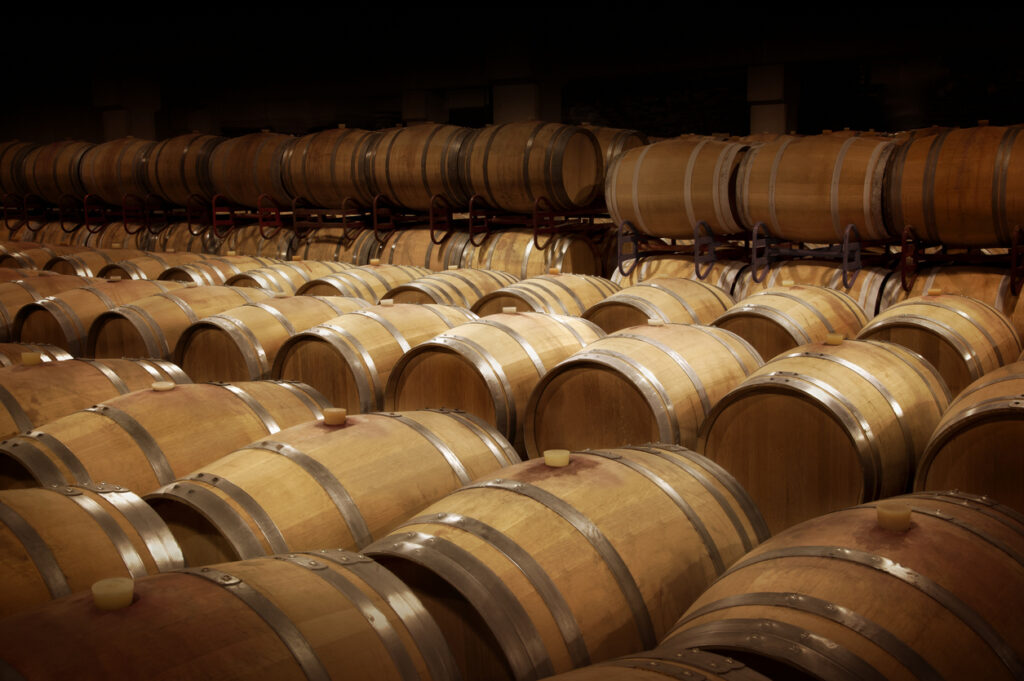
Tannins, Acidity, and Alcohol Content
Tempranillo wines generally have a medium to full-bodied character with medium tannins, creating a balanced structure in the wine. The tannins can add a variety of flavors, such as leather, earth, and dust, depending on the terroir and winemaking process. Tempranillo wines typically have medium-minus acidity and an alcohol content ranging between 13-14.5% ABV.
Blending Partners and Varietal Wines
Tempranillo is often blended with other grapes, such as Garnacha (Grenache), Graciano, Mazuelo (Carignan), and Tinta Roriz (Aragonês) to create more complex and diverse wine profiles. These blends can exhibit additional flavors and characteristics, such as:
- Garnacha: adds red fruit notes like raspberry and red cherry, as well as spice notes and pepper
- Graciano: contributes acidity, dark fruit flavors like blackberry, and savory notes
- Mazuelo: increases tannin structure and provides red fruit and herbal flavors
- Tinta Roriz: brings more red fruit flavors and high acidity
In addition to blends, varietal Tempranillo wines showcase the grape’s unique characteristics. These wines often have flavors of cherry, plum, tomato, and dried fig, accompanied by cedar, leather, tobacco, vanilla, and clove.

Though Tempranillo is the primary grape in many notable Spanish wine regions like Rioja and Ribera del Duero, various styles and quality levels exist within these regions. For example, in Rioja, wines labeled as Crianza, Reserva, and Gran Reserva reflect different aging requirements and flavor complexities:
- Crianza: aged for at least two years, one in oak, displaying more youthful fruit flavors
- Reserva: aged for a minimum of three years, one in oak, revealing a balance of fruit and oak flavors
- Gran Reserva: aged for at least five years, two in oak, showcasing complex, mature flavors with a smoother texture
Understanding the characteristics of Tempranillo wines, from oak aging and tannins to acidity and blending partners, can help deepen one’s appreciation for the diverse world of this classic Spanish grape.
Popular Tempranillo Wine Regions
Rioja: Spain’s Premier Wine Region
Tempranillo wines are primarily produced in Spain, with the Rioja region being the most prominent. Rioja is divided into three sub-regions: Rioja Alta, Rioja Alavesa, and Rioja Oriental. Here, the grape variety is often blended with Garnacha and other local varieties. Typical flavors in Rioja wines include red cherry, pepper, and subtle cinnamon notes. Most Rioja wines are categorized into four styles: Joven, Crianza, Reserva, and Gran Reserva, denoting their varying aging periods.

Ribera del Duero and Toro
Another significant region for Tempranillo wine production in Spain is Ribera del Duero, where the grape is known as Tinta del País. Wines from this region are often more full-bodied and intense, with higher tannin levels and deep, dark fruit flavors. The Toro region also boasts a strong Tempranillo presence, where the wines exhibit bold, concentrated flavors and high alcohol content.
Other Spanish Regions
Apart from Rioja and Ribera del Duero, various other regions in Spain also produce Tempranillo wines. Navarra, located just north of Rioja, generates Tempranillo wines with similar flavors and characteristics. La Mancha, in central Spain, is another notable region for Tempranillo production, where the grape is often blended with other varieties like Cabernet Sauvignon.
Portugal’s Douro Valley and Port Wine
In Portugal, Tempranillo is called Tinta Roriz or Aragonez and plays an essential role in the country’s famed Port wine production. Found primarily in the Douro Valley, Tempranillo wines often exhibit rich, ripe fruit flavors with a balanced acidity. This grape variety is also used in dry red wine production and can be found in various other Portuguese wine regions.

New World Tempranillo Wine Regions
Outside of Spain and Portugal, Tempranillo has seen increased popularity in New World wine regions such as California and Texas in the United States. In California, the grape is grown in regions like Lodi and Paso Robles, where it thrives in the warm, sunny climate. Texas Hill Country has also begun producing noteworthy Tempranillo wines, showcasing the grape’s adaptability and vast potential.
Tempranillo wines offer a wide range of flavors and styles based on their region of origin, making them a versatile and intriguing choice for wine enthusiasts looking to explore this fascinating grape variety.
Labeling Terms of Tempranillo Wine
Tempranillo wines, originating from Spain, are medium to full-bodied red wines known for their fruit-forward characteristics and hints of citrus and savory notes. These wines are typically oak-aged and are an essential component in wines from various regions. In this section, we will explore the distinct styles of Tempranillo wine and their labeling terms.
Joven
Joven, meaning “young wine”, refers to Tempranillo wines that are released young, without extensive aging in oak barrels. These wines tend to be fruity, light-bodied and approachable, focusing on the expression of Tempranillo’s inherent flavors.
Crianza
Crianza wines are aged for a minimum of 2 years, with at least 6 to 12 months in oak barrels. This aging process imparts an additional layer of complexity to the wines, often showcasing characteristics of vanilla, tobacco, or spice from the oak, enhancing the existing fruity and savory notes.
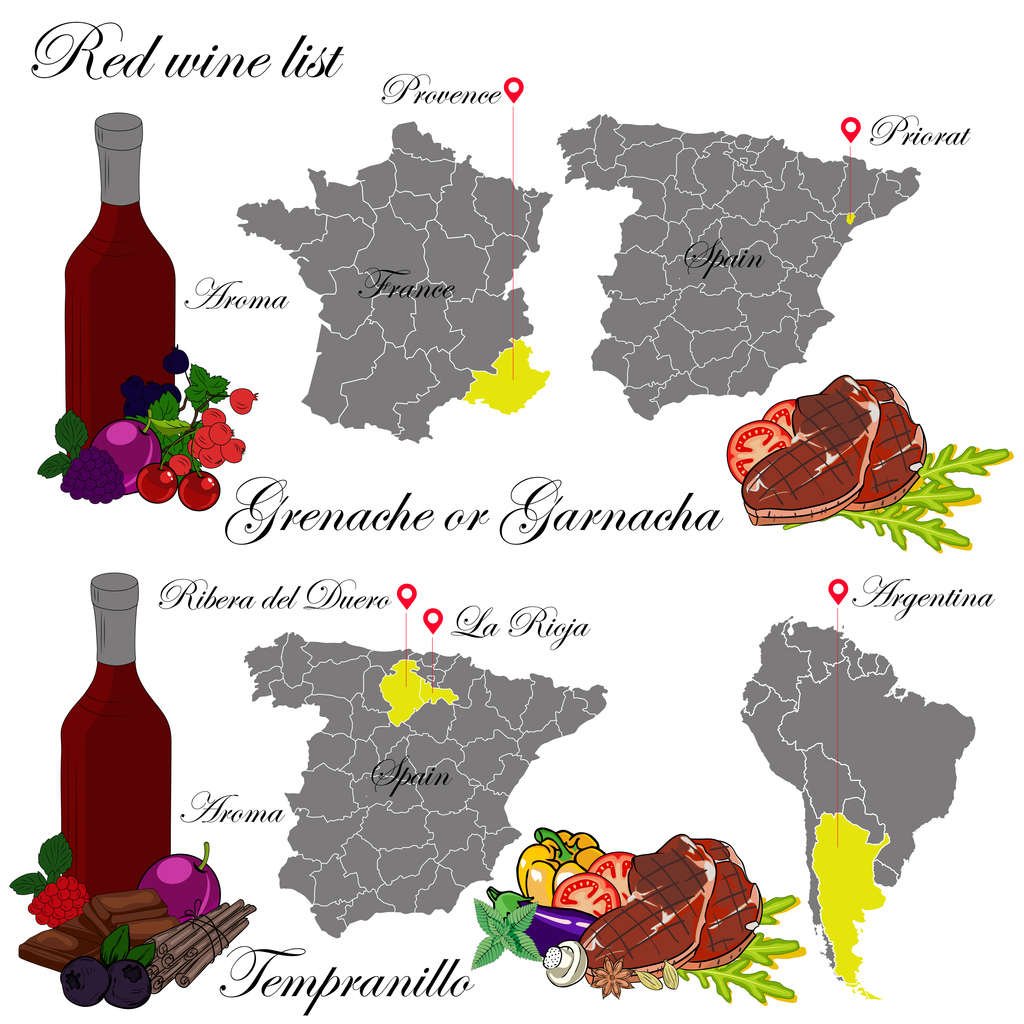
Reserva
Reserva wines undergo a longer aging process. These wines are aged for a minimum of 3 years, with at least 1 year in oak barrels. The extended aging contributes to a more refined and structured wine, showcasing a balance between fruit flavors and the acquired flavors from the oak.
Gran Reserva
Gran Reserva wines represent the pinnacle of the Tempranillo aging process, reserved for exceptional vintages. These wines are aged for a minimum of 5 years, with 2 years in oak barrels and an additional 3 years in the bottle. Gran Reserva wines showcase the utmost complexity and elegance in Tempranillo, displaying a harmony of fruit, oak, and tertiary flavors.
Synonyms and Alternative Names
Tempranillo is known by a variety of synonyms and alternative names in different wine regions, due to its presence in both Spain and Portugal. Some of these names include:
- Tinta Roriz: The name used in Portugal, where Tempranillo is a vital component in Port wines.
- Tinta del País: The term used in the Ribera del Duero region of Spain.
- Tinto Aragonez: The name used in some northern parts of Spain.
- Ull de Llebre: The term used in the Catalonia region of Spain.
Other additional names include Escobera, Sangiovese, and Merlot, amongst others. These various names are testament to Tempranillo’s widespread cultivation, adaptability, and the diverse wine styles it produces.
Food Pairings and Serving Suggestions
Red Meats, Game, and Poultry
Tempranillo wines are versatile when it comes to pairing with different types of meats. They work particularly well with red meats and game, such as pork, lamb, and venison. The wine’s high acidity and tannins help to cut through the richness of fatty meats. This makes it a perfect choice for dishes like roasted lamb, grilled pork chops, or braised game. In regions like Washington and Oregon bold red wines are prevalent. Here Tempranillo can be an excellent addition to the local cuisine.
Poultry is another option to pair with Tempranillo wines. Darker, more flavorful poultry like duck or turkey can complement the cherry and dried fig flavors often found in Tempranillo wines.

Tomato-Based Dishes and Pairings
Tempranillo wines pair exceptionally well with tomato-based dishes. The acidity in tomatoes matches the wine’s acidity, creating a harmonious balance on the palate. Some excellent choices for pairing with Tempranillo include pasta dishes like spaghetti Bolognese, lasagna, or tomato-based risottos. Additionally, Tempranillo wines from grape variants, like Tinta del Pais or Tinto Aragonez, also work well with these types of dishes.
Cheeses and Tapas Recipes
No discussion of Tempranillo food pairings is complete without considering cheeses and traditional Spanish tapas. While Tempranillo hails from Spain and is often the best in its home country, it’s becoming increasingly popular in other wine-producing areas like Washington, Oregon, and the High Plains. Wine enthusiasts can easily enjoy a foreign wine alongside traditional tapas recipes or cheese platters.

When selecting cheeses to enjoy with Tempranillo, opt for aged options such as Manchego, Pecorino, or cheddar. These cheeses bring out the subtle flavors of oak, coconut, and cedar often detected in Tempranillo wines. For tapas, consider pairing the wine with dishes like patatas bravas, Spanish-style meatballs, or croquettes.
The best serving temperature for Tempranillo wines is 14-17°C (57-63°F). A universal wine glass is suitable for enjoying these wines, and they may benefit from decanting for about an hour before serving.

